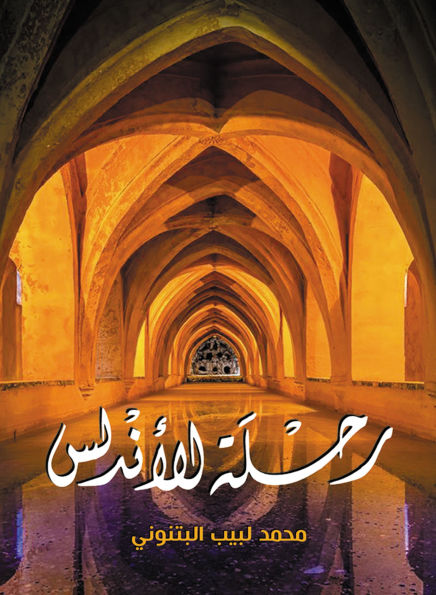Andalusia trip
Before the Arabs entered it, the Spaniards had something of the Gothic civilization, and this civilization was common in Central Europe following the Goths' invasion of the Roman state in the early fifth century AD. The Goths integrated into the countries they conquered, and their language became integrated into its language, and their civilization was connected to its civilization, and the Franks did not create an art of their own for it except in the thirteenth century AD, and the oldest trace of this art in Europe is the Church of Cologne in Germany, and as for Spain, the largest and greatest impact in it is the Monastery of El Escorial, which It was built by Philip II in the second half of the sixteenth century. After that, the Europeans developed a special art for the beautiful Arab-Andalusian building, which they called Morsque style, which they took in particular from the Alhambra palaces. The origin of this art came with the Arabs to Spain. When they crossed to Al-Andalus, they transferred with them some of the civilization of the East, and when they finished the conquest movement in the first years of their passage to Andalusia, they began planning houses, constructing palaces, digging canals, erecting bridges, and building arches.
1146635317
Andalusia trip
Before the Arabs entered it, the Spaniards had something of the Gothic civilization, and this civilization was common in Central Europe following the Goths' invasion of the Roman state in the early fifth century AD. The Goths integrated into the countries they conquered, and their language became integrated into its language, and their civilization was connected to its civilization, and the Franks did not create an art of their own for it except in the thirteenth century AD, and the oldest trace of this art in Europe is the Church of Cologne in Germany, and as for Spain, the largest and greatest impact in it is the Monastery of El Escorial, which It was built by Philip II in the second half of the sixteenth century. After that, the Europeans developed a special art for the beautiful Arab-Andalusian building, which they called Morsque style, which they took in particular from the Alhambra palaces. The origin of this art came with the Arabs to Spain. When they crossed to Al-Andalus, they transferred with them some of the civilization of the East, and when they finished the conquest movement in the first years of their passage to Andalusia, they began planning houses, constructing palaces, digging canals, erecting bridges, and building arches.
4.99
In Stock
5
1

Andalusia trip
221
Andalusia trip
221
4.99
In Stock

Product Details
| ISBN-13: | 9789779912400 |
|---|---|
| Publisher: | ????? ??????? ??????? |
| Publication date: | 12/04/2024 |
| Sold by: | Bookwire |
| Format: | eBook |
| Pages: | 221 |
| File size: | 10 MB |
| Age Range: | 16 - 18 Years |
| Language: | Arabic |
From the B&N Reads Blog
